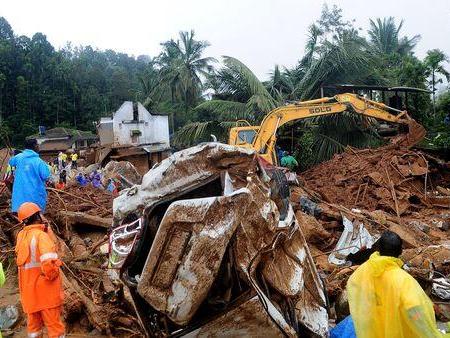Tropical Storm Beryl, which made landfall in Texas as a Category 1 hurricane on Monday, has left a trail of destruction across the southern United States, with the death toll rising to at least 18 people. Eight fatalities have been reported in the US, including seven in Texas and one in Louisiana, while ten deaths occurred in the Caribbean. The storm has caused widespread power outages, leaving over 2.5 million households in Texas without electricity.The situation has become increasingly dangerous as a heat wave settles over the region. Temperatures are expected to climb above 100 degrees Fahrenheit in the coming days, with heat indices reaching up to 106 degrees in some areas. The National Weather Service has issued heat advisories for 128 million people across the US, warning that the lack of proper cooling combined with people working outdoors could produce dangerous heat conditions.Recovery efforts are underway, but officials warn that power restoration may take days or even weeks in some areas. US President Joe Biden has declared a state of emergency in the region, allowing for easier access to federal funds and better coordination between the government and states. Cooling centers have been opened in cities along the coast, and residents are advised to stay off the roads and check on their neighbors.As Beryl moves inland, it has weakened to a post-tropical cyclone but continues to pose threats of heavy rainfall and possible tornadoes in several states. The storm is expected to continue moving north-eastwards in the coming days, potentially affecting Oklahoma, Arkansas, Missouri, Illinois, Indiana, and Michigan.The impact of Beryl extends beyond the immediate affected areas, with the heat wave also affecting Western Canada and increasing the risk of wildfires. Experts warn that climate change is likely to make such powerful storms more frequent in the future, with Beryl being considered a rare early-season phenomenon.
Key points
- Tropical Storm Beryl has caused at least 18 deaths in the US and Caribbean.
- Over 2.
- Recovery efforts are underway, but power restoration may take days or weeks in some areas.
- The storm has weakened but continues to pose threats of heavy rainfall and tornadoes as it moves northward.
5 million households in Texas are without power as temperatures soar above 100 degrees Fahrenheit.
Contradictions👾There are discrepancies in the reported number of deaths, with some sources citing 8 deaths in the US, while others report 18 total deaths including the Caribbean.
👾The number of households without power varies between sources, ranging from 2.
1 million to 2.
5 million.



